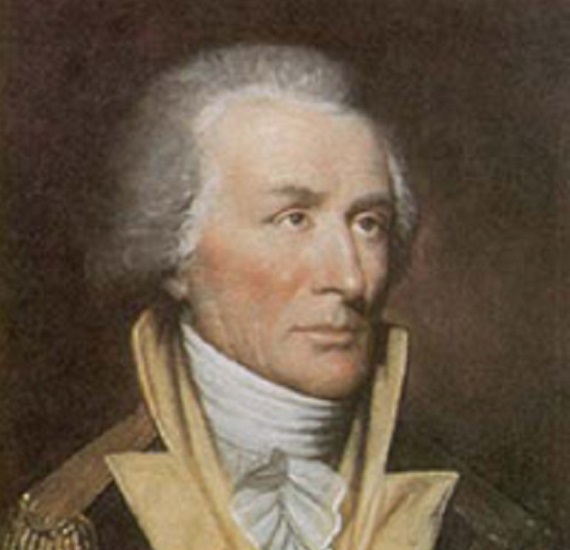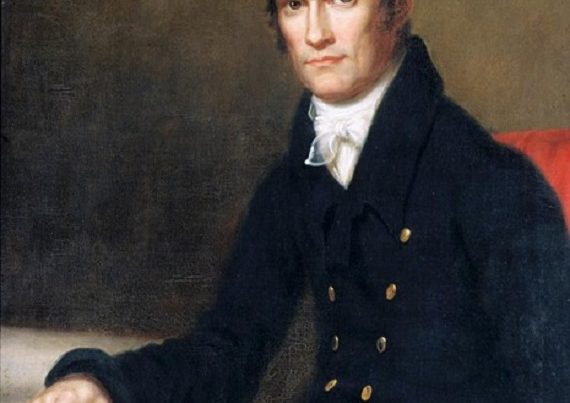The University of South Carolina mascot is somewhat of a joke among SEC football fans. “Cocky” has won several awards for his die-hard performances, but it is the innuendo that often gets everyone excited or chuckling about the “Gamecocks.” Even before I decided to attend USC, I remember as an undergraduate (in Maryland) the running joke about Ball State playing the South Carolina “Cocks.”
Most don’t realize that the Fighting Gamecocks take their name from one of the greatest heroes of the American War for Independence, Thomas Sumter. This is another classic example of the disintegration of American education. If someone had asked an elementary school student who Thomas Sumter was even as late as the 1960s, they would have been able to recount his story. Not today, probably not even among students at South Carolina. He doesn’t fit the politically correct narrative of the War or early American history.
South Carolina was arguably the most important theater of action during the American War for Independence. The governor, John Rutledge, led the war effort from the saddle while his brother, Declaration of Independence signer Edward Rutledge, wasted away in a British prison at St. Augustine. If not for the heroic efforts of militia leaders like Thomas Sumter, South Carolina and the rest of the Southern colonies may have capitulated to General Lord Cornwallis during the critical years of 1779-1781.
Sumter saw his home burned by the British and the countryside ravaged by British raiders, so he and other famous South Carolinian patriots (notably the “Swamp Fox” Francis Marion and Thomas Pickens) engaged in a bushwhacking effort to disrupt supply and communication and ultimately wear down British morale. It worked. The British called him the “Fighting Gamecock,” and Cornwallis said he was “the greatest plague in this country.”
His most important victory was at Hanging Rock in 1780, where the poet James W. Simmons said Sumter “beat them back…and carved at length a hero’s name upon the glorious Hanging Rock!” Sumter lived to the ripe age of 97 and after the War served in both houses of Congress and briefly as a Minister to Brazil, but it was his resolute determination for independence that should have every American remembering the “Fighting Gamecock” from South Carolina.
Sumter was honored by a fort constructed in Charleston Harbor following the War of 1812. It was still unfinished in 1861 when Abraham Lincoln decided to supply Robert Anderson and start an unnecessary and brutal war. It is fitting that a fort named after one of the greatest champions of independence in American history served as the catalyst for another fight for self determination “four score” and five years later. Sumter himself would have probably taken the first shot.







